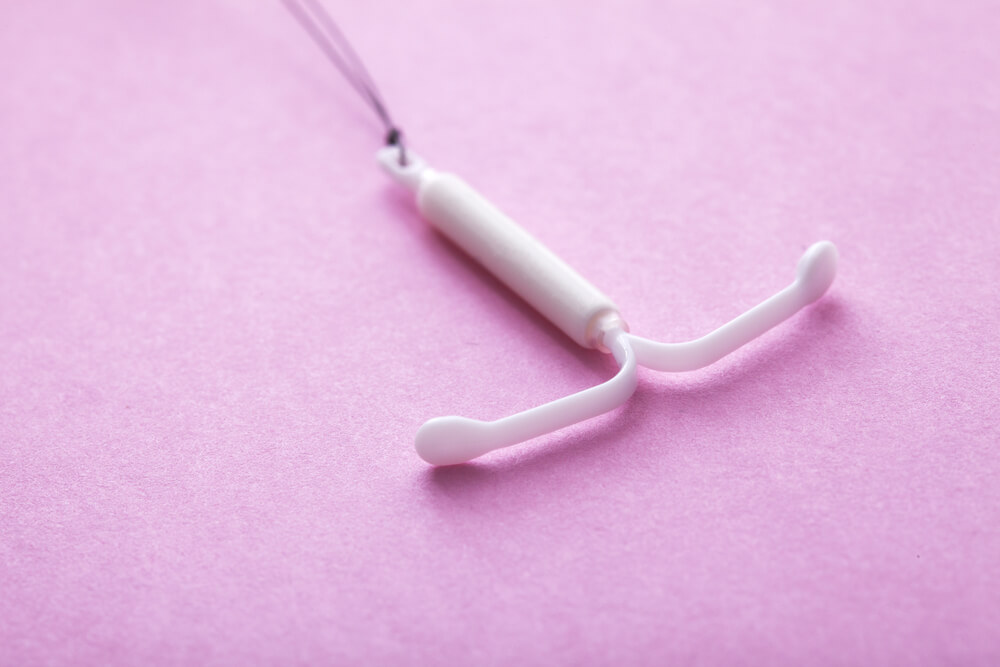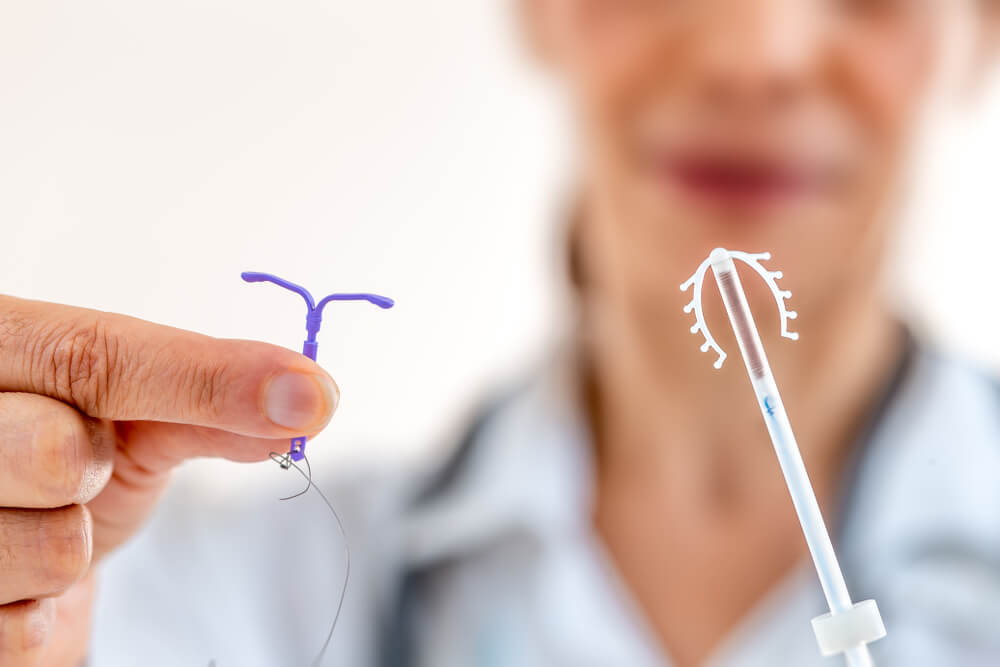If you want long-term, effective, and reversible birth control, you might already be considering an IUD or an intrauterine device. But, what does an IUD look like? How does an IUD work? What are its benefits and does it have any potential drawbacks? In this article on IUDs, we discuss the benefits of IUD, how long until an IUD is effective, and much more. But before jumping straight into the expert tips, please reach out for professional advice and guidance. We recommend consulting professionals like Dr. Deborah Siman to ensure you get the best treatment and top results.
With that in mind, here is everything you ever wanted to know about IUDs. Scroll on to find the answers to “how does an IUD work”, “how long until an IUD is effective” and so on.
What’s an IUD?
If you’re a complete beginner, you might be unfamiliar with the term “IUD”. In brief, IUD is short for intrauterine device, a tiny device that your doctor places into your uterus as a way to prevent unwanted pregnancy. It’s widely popular, mainly because it’s reversible and highly effective in pregnancy protection.
What Does an IUD Look Like?

An IUD is small and it’s shaped like the letter “T”. Occasionally, it’s also called intrauterine contraception or IUC. In the United States, the FDA approves the following 5 brands of IUDs:
- Kyleena
- Skyla
- Mirena
- Paragard
- Liletta
Depending on which brand you choose, they can be effective from around three to twelve years. The IUD brands mentioned can be categorized into:
- Copper IUDs (such as Paragard)
- Hormonal IUDs (Skyla, Kyleena, Liletta, Mirena)
Your doctor may recommend the Paragard IUD if you wish to go hormone-free. What does an IUD look like in this case? In essence, the IUD is created from polyethylene and its wrapped in copper. Paragard can protect you from unwanted pregnancy for up to twelve years.
As a comparison, the other IUD brands use progestin, a hormone similar to progesterone, to prevent an undesired pregnancy. Skyla is effective for a maximum of 3 years, Kyleena for 5 years, while Mirena and Liletta are suitable for up to 7 years.
A skilled contraception specialist will suggest the best brand for your specific needs and health condition.
How Does an IUD Work?
Now that you’ve found the answer to “what does an IUD look like”, let’s analyze how it works. In essence, both the hormonal and the copper IUDs prevent undesired pregnancy by altering how the sperm cells move. As a result, they cannot reach the egg to fertilize it.
For example, in the case of the Paragard copper IUD, the copper repels sperm so that it can’t get to the egg. The hormonal IUDs work a bit differently. IUDs like Skyla, Liletta, Mirena, and Kyleena work by:
- Stopping ovulation (the eggs leaving the ovaries)
- Thickening the mucus in the cervix, blocking and trapping sperm
So, how does an IUD work? If an egg isn’t fertilized, there is no chance of pregnancy.
One of the most significant benefits of IUDs is that they last a long time, some up to 12 years. However, they are not a permanent fix for contraception. If you want to get pregnant or you just want to remove the IUD for another reason, your doctor can remove it quickly without problems. Typically, you will be able to conceive a child after IUD removal.
What to Consider Before Choosing an IUD
The benefits of an IUD are plentiful. But before you choose to get an intrauterine device, whether a hormonal or non-hormonal one, consider the following points.
If You Have Symptoms of a Specific Condition
Women who have liver disease, reoccurring pelvic inflammatory disease episodes, irregular menstrual bleeding, or a similar condition may want to refrain from using an IUD. Of course, your healthcare provider will make an expert assessment of the best contraception for you.
If You Have Had Side Effects from Hormone Exposure in the Past
We’re all different. That means that one woman may benefit from a particular brand of hormonal IUD, while another won’t. The hormone in Mirena, Kyleena, Skyla, and Liletta is released only into the uterus, so the effects aren’t as broad as in the case of birth control pills. However, if you are sensitive to hormonal contraception, these will be unsuitable choices for you. Also, if you had side effects from previous hormonal contraception or a history of ovarian, uterine, cervical, or breast cancer, it’s best to avoid hormone use. The Paragard IUD may be a good alternative for you.
How Long Do You Want it to Last?
You might be wondering, “how long until the IUD is effective?”. The answer is: it depends. How long until the IUD is effective will depend on the brand and the type of intrauterine device you choose. Moreover, keep the following factors in mind when deciding on an intrauterine device:
- What does your schedule look like?
- What is your budget?
- Do you want to get pregnant soon?
If you are looking for convenience, we recommend choosing a long-lasting IUD. This way, you don’t have to think about its effectiveness and when you’ll need to take it out. Moreover, if you decide to remove or replace it earlier, you may need to make more medical appointments that could increase the price. Finally, if you want to have children soon, choosing an intrauterine device with a 3-5 year lifespan may be a better choice for you.
Overall, when it comes to “how long until the IUD is effective”, the answer will also depend on the brand, the type (hormonal or non-hormonal), and a few other factors such as maintenance. Namely, your doctor will recommend you refrain from vaginal sex, swimming, baths, menstrual cup and tampon use for a minimum of 24 hours after inserting an intrauterine device.
Potential Risks of IUDs

In the United States, about 6.5% of people use intrauterine devices. According to research, these numbers are expected to increase in the upcoming years. As you already know, intrauterine devices have many advantages, including offering effective pregnancy prevention, long-lasting effects, easy insertion, and removal, etc. However, certain complications are associated with intrauterine devices, especially when inserted incorrectly or not maintained properly.
One of the most common adverse effects of using an intrauterine device is discomfort or pain, mainly during insertion. Patients worried about possible pain should always consult their health provider about nonsteroidal anti-inflammatory medication. If you already have an IUD and you are experiencing unbearable pain, call your doctor immediately.
Some of the following side effects are also possible:
- Irregular periods (with hormonal IUDs)
- Heavier periods and stronger cramps (with copper IUDs)
- Backache or cramps a few days post insertion
- Spotting between periods
Sometimes, women experience:
- Lost strings
- Expulsion
- Infection
- Perforation
Severe IUD complications are rare but possible. You can significantly reduce your chance of experiencing severe side effects by choosing an experienced doctor. Moreover, it’s crucial to understand proper IUD use. Your healthcare provider will give you helpful tips to prevent complications from happening.
Call Us Now
Do you want long-lasting, reversible pregnancy protection? Reach out to us today. Our team of kind and reliable experts will dedicate themselves to giving you the best treatment available.


